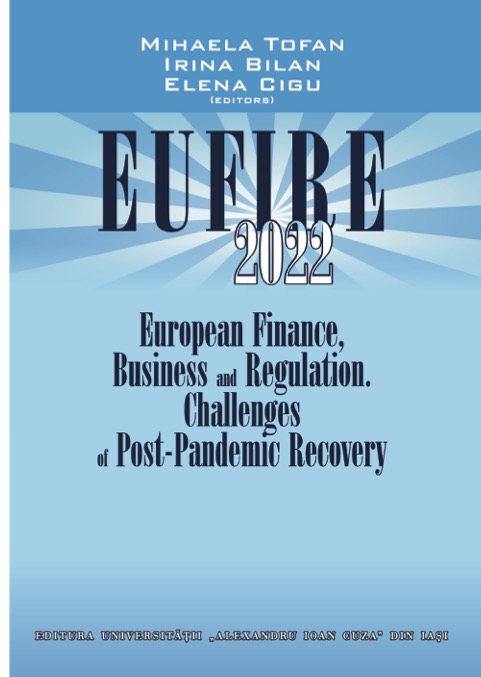EMISSIONS REDUCTION IN THE FLEET OF EUROPEAN ORIGINAL EQUIPMENT MANUFACTURERS BASED ON THE “NEW EUROPEAN DRIVING CYCLE”
EMISSIONS REDUCTION IN THE FLEET OF EUROPEAN ORIGINAL EQUIPMENT MANUFACTURERS BASED ON THE “NEW EUROPEAN DRIVING CYCLE”
Author(s): Stephan Filser
Subject(s): Economy
Published by: Editura Universităţii »Alexandru Ioan Cuza« din Iaşi
Keywords: CO2 emissions in the fleet; automotive industry; NEDC; WLTP;
Summary/Abstract: The analysis of CO2 (CO2) emissions in the automotive industry is divided into three main phases, the production phase, the use phase, and the end-of-life phase. During the production phase and the end-of-life phase the CO2 emissions are caused through several process steps in manufacturing and recycling. For the measurement of CO2 emissions during the use phase (“in the fleet”) the NEDC (New European Driving Cycle) was developed and introduced by the European Union (last update in 1997). To establish a status of the progress of the reduction of CO2 emissions in the fleet in the automotive industry in Europe, an analysis of published annual reports as well as sustainability reports of the year 2020 by chosen OEMs (original equipment manufacturer) is carried out. The usability of data is subordinated to the group structures of the OEMs and the availability of corresponding reports. While the WLTP (worldwide harmonised light-duty vehicles test procedure) had already been introduced in 2014, useable data is still mainly based on the NEDC. Since 1995, OEMs have shown an (realistic) average annual improvement of the reduction of CO2 emissions in their fleets of 2.27 %. Relative to the reductions already achieved, zero emissions could be reached between 2036 (best-case scenario) and 2042 (worst-case scenario). In 2019 a new regulation by the European Parliament (EU 2019/631) came into effect, recommending the WLTP. A poll of the European Parliament in June 2022 set another goal of zero CO2 emissions in the fleet by 2035. According to the current analysis this goal is equivalent to an annual improvement of CO2 emissions in the fleet of 4.21 % - more than 1.5 times higher than the calculated average.
- Page Range: 182-190
- Page Count: 9
- Publication Year: 2022
- Language: English
- Content File-PDF

